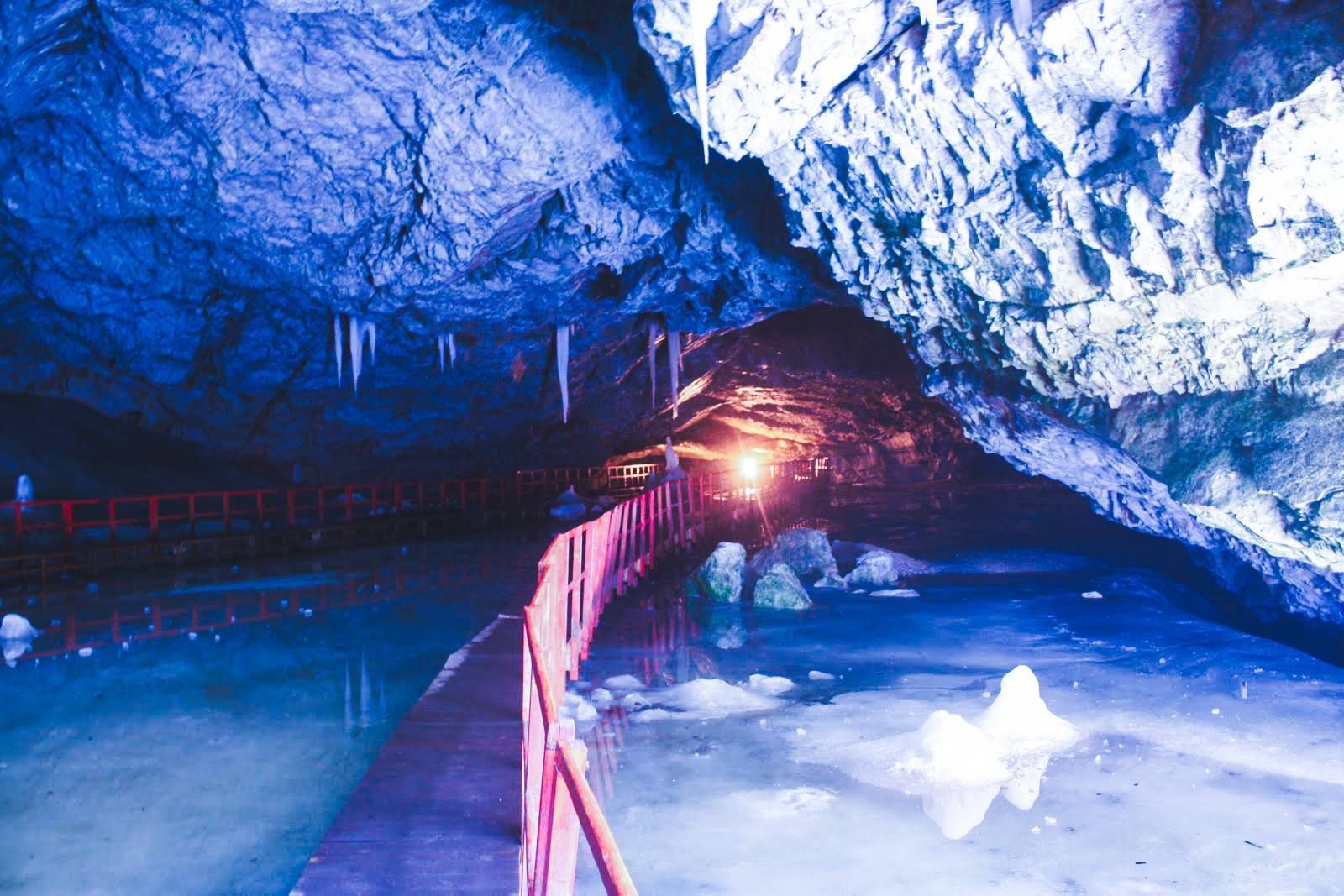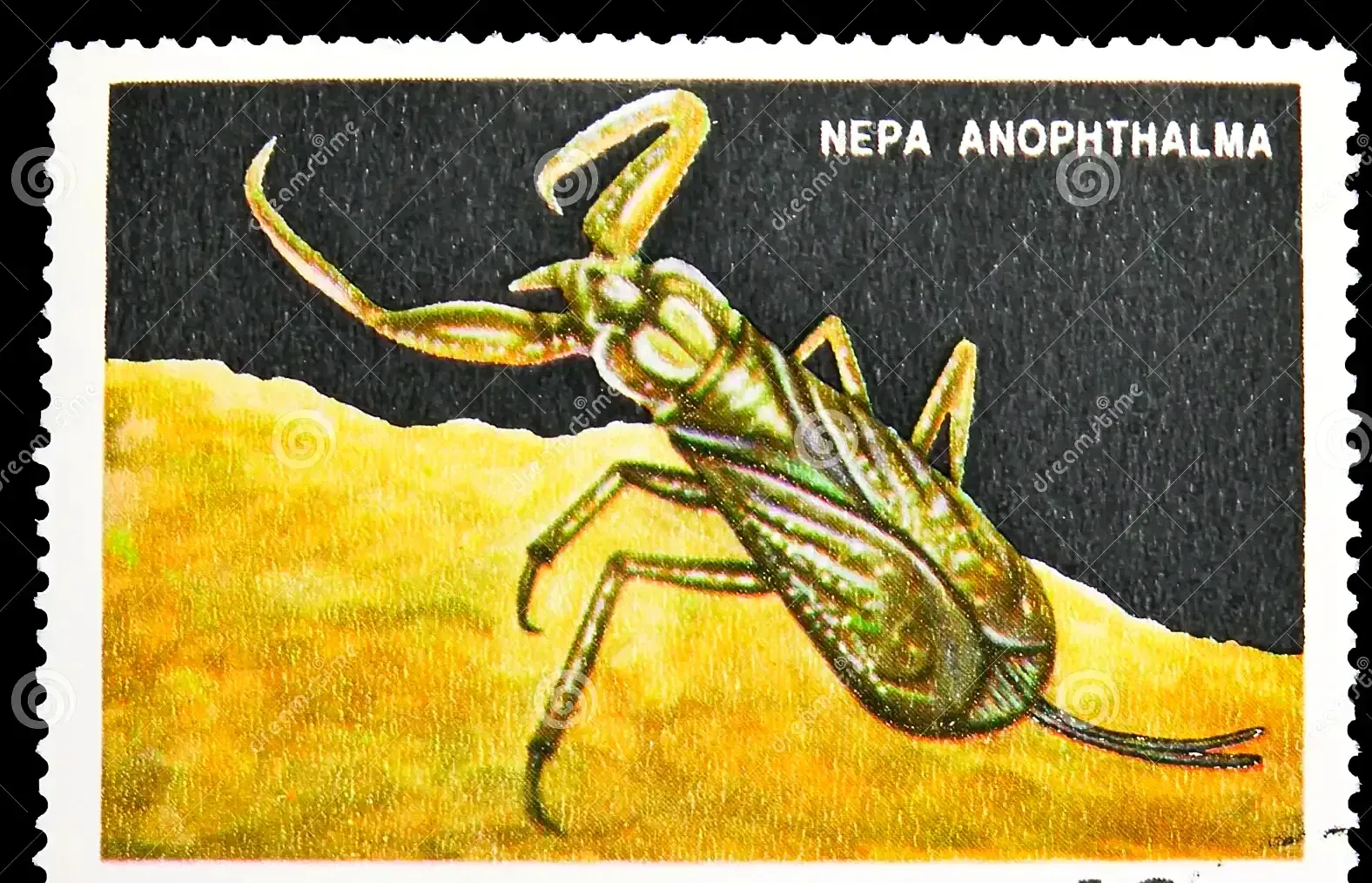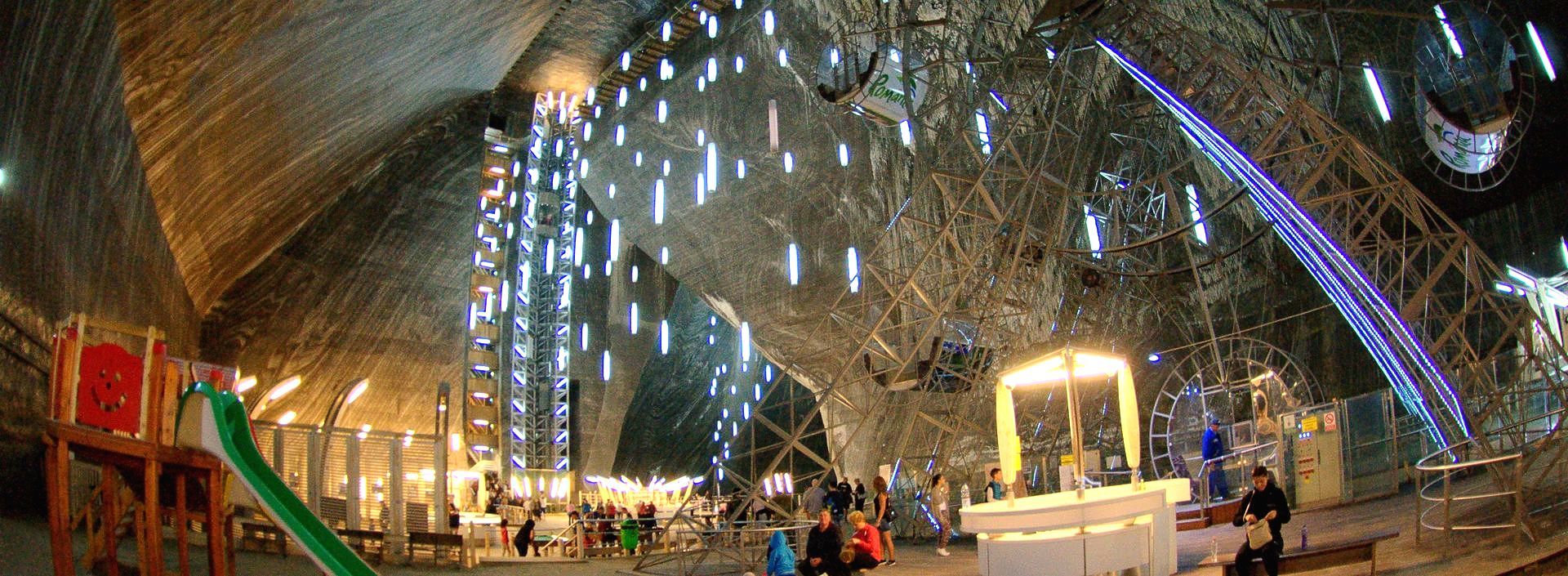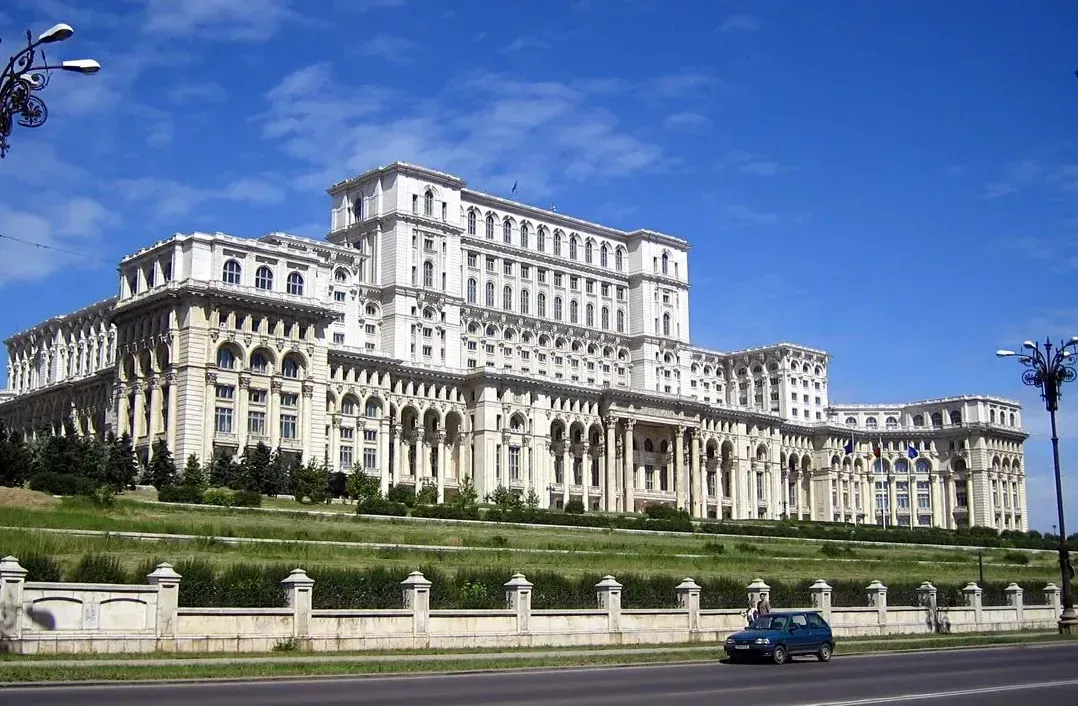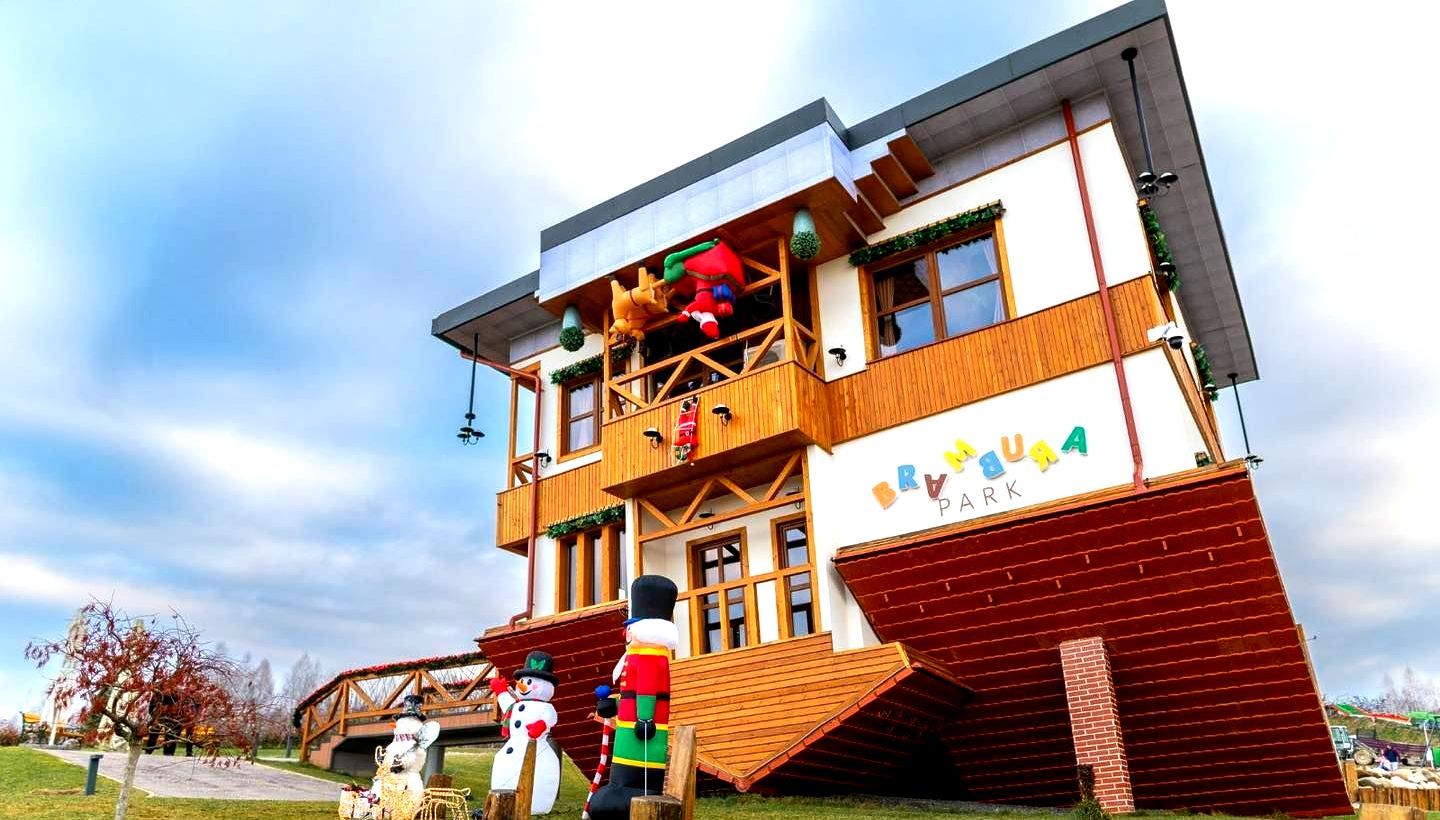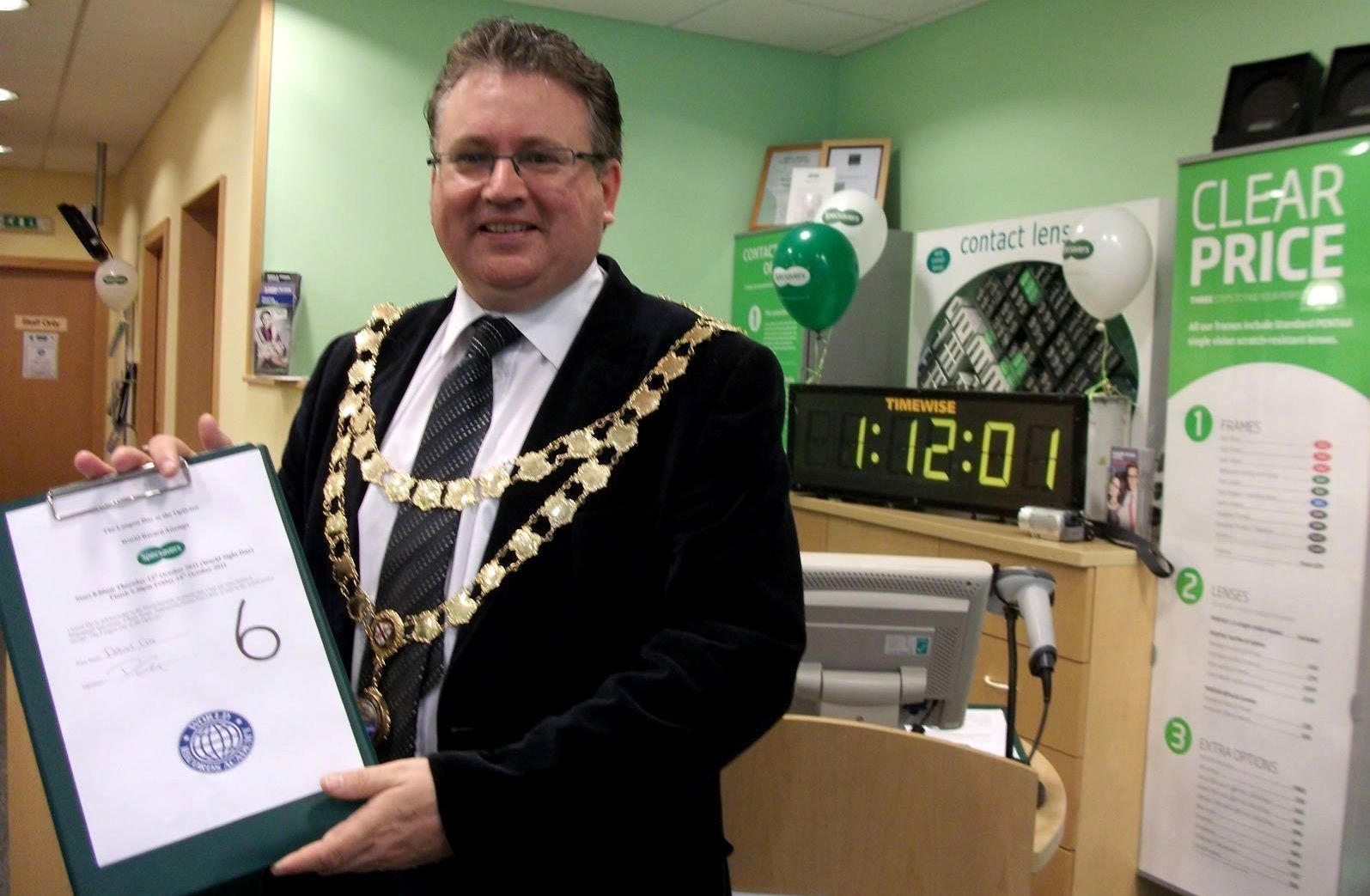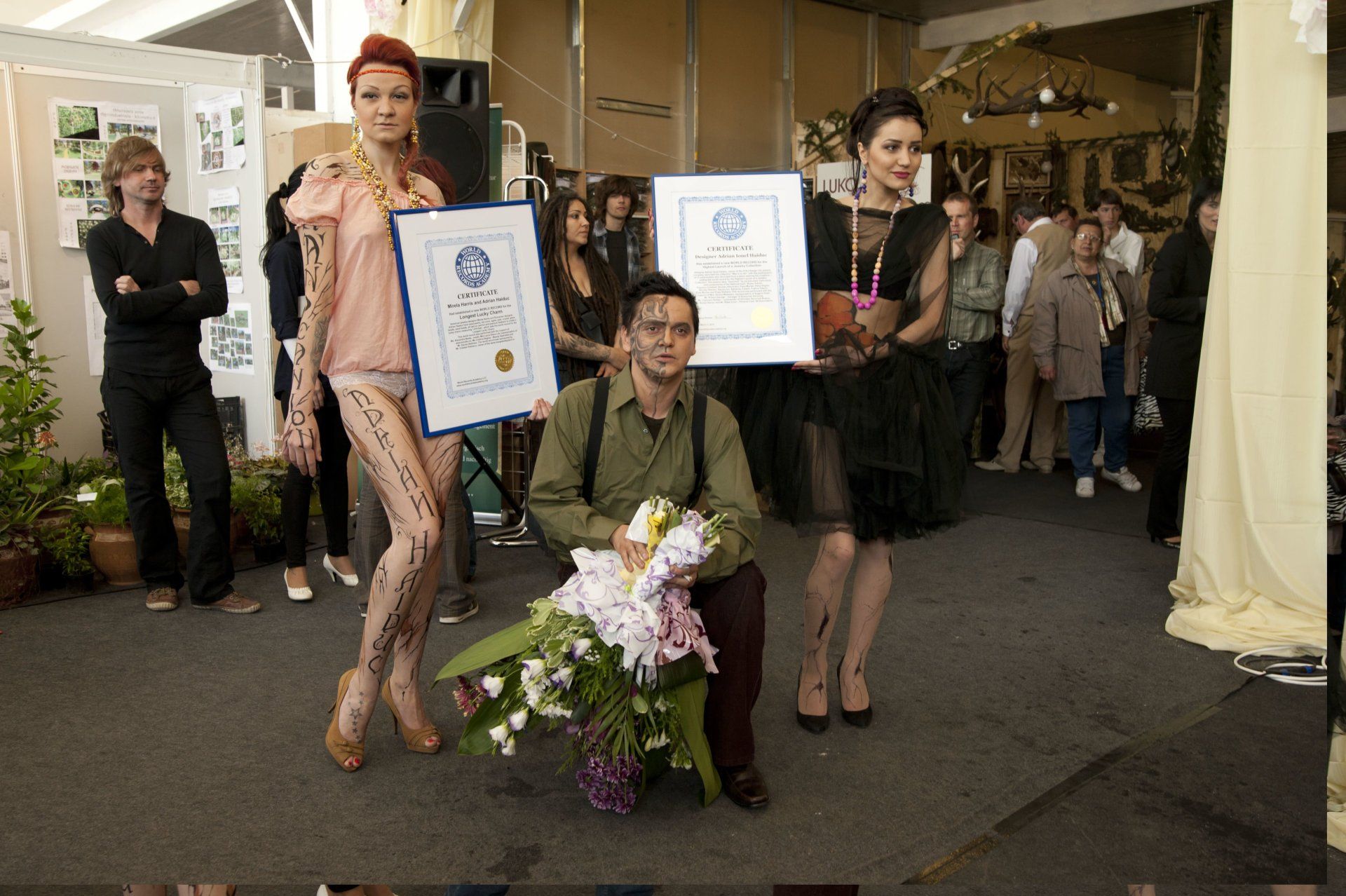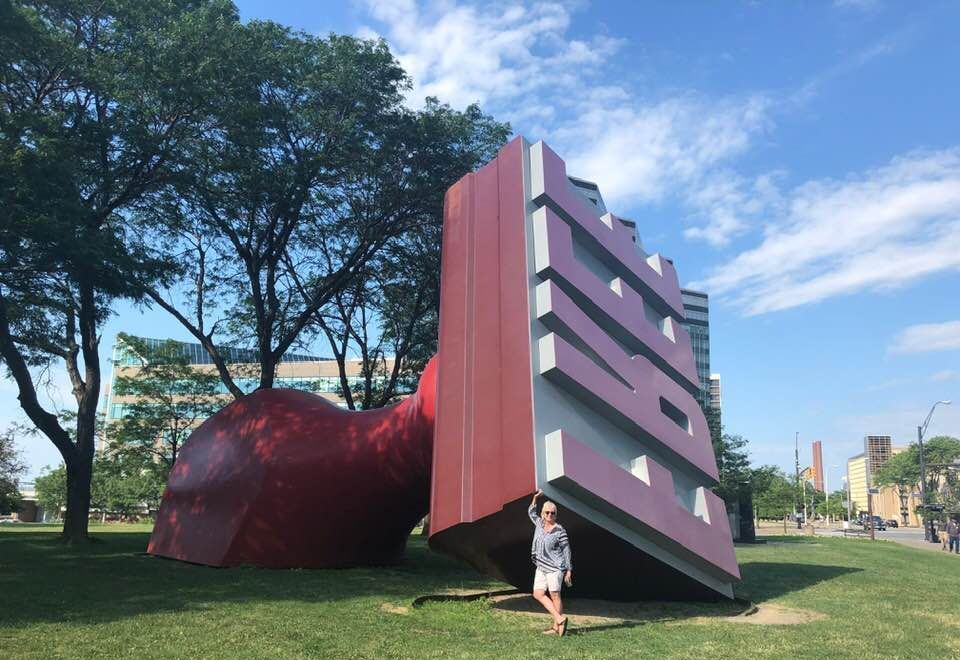World's Largest Village Museum, world record set in Bucharest, Romania
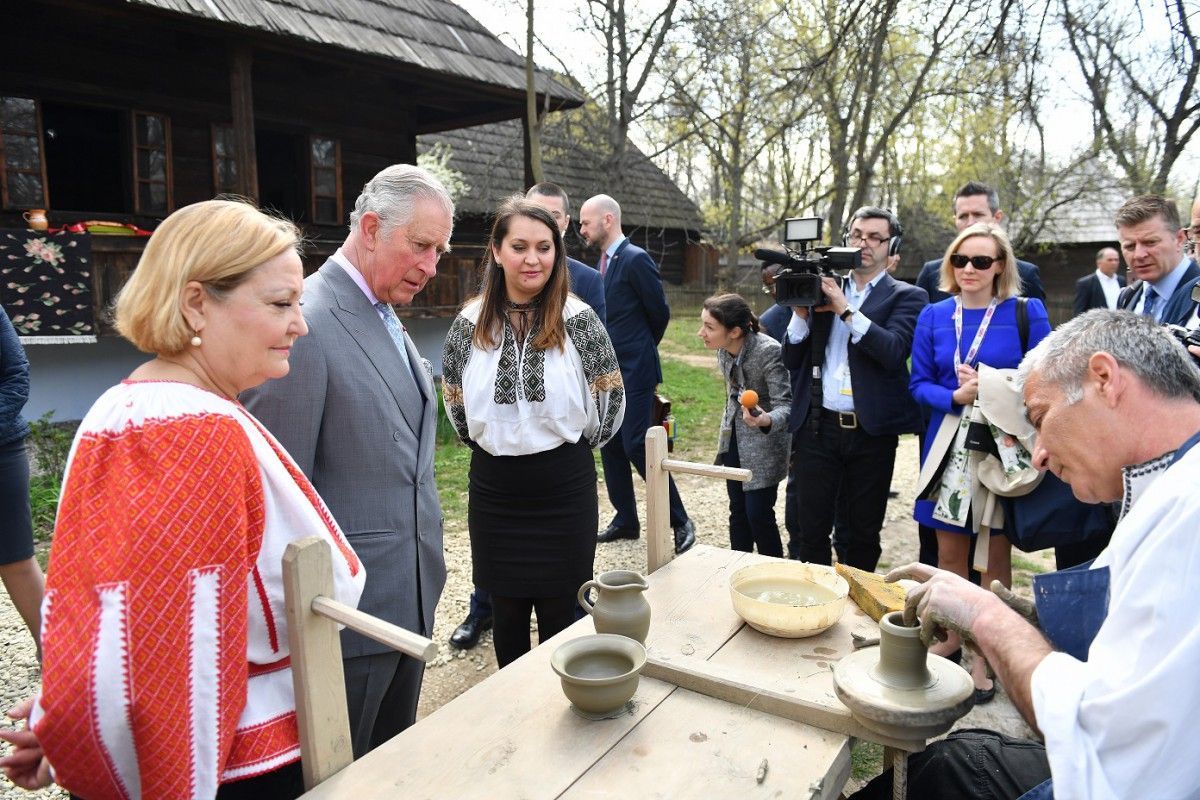
Bucharest, Romania--The Village Museum or formally National Museum of the Village "Dimitrie Gusti", an open-air ethnographic museum located in the King Michael I Park, Bucharest, Romania, showcases traditional Romanian village life; the museum extends to over 100,000 m2, and contains 123 authentic peasant settlements, 363 monuments and over 50,000 artefacts from around Romania, setting the world record for being the World's Largest Village Museum, according to the WORLD RECORD ACADEMY.
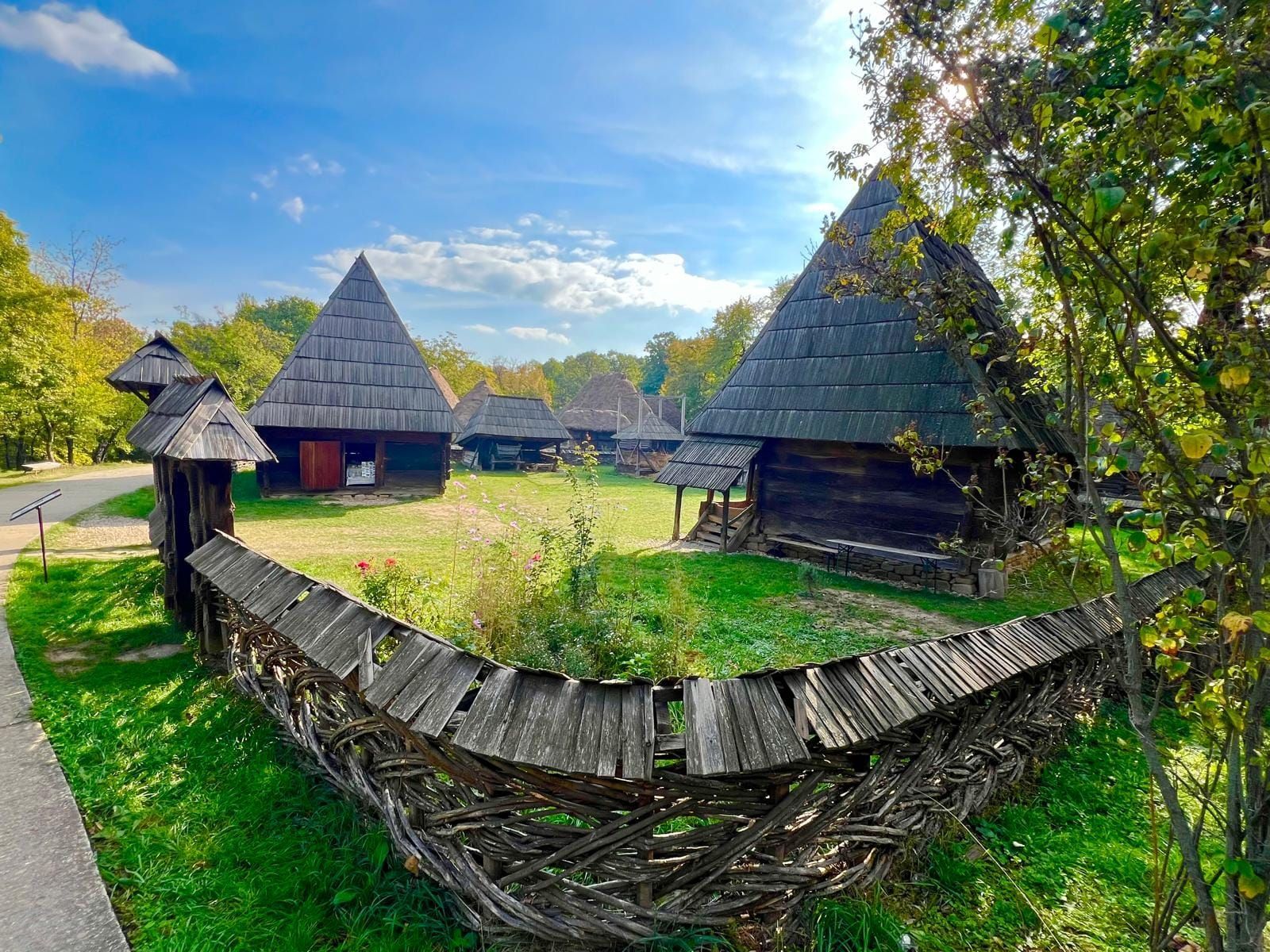
"The Village Museum or formally National Museum of the Village "Dimitrie Gusti" is an open-air ethnographic museum located in the King Michael I Park, Bucharest, Romania. The museum showcases traditional Romanian village life.
"The museum extends to over 100,000 m2, and contains 123 authentic peasant settlements, 363 monuments and over 50,000 artefacts from around Romania. Structures in the museum ranged from the 17th to the 20th century, representative of different ethnographic regions including Banat, Transylvania, Moldavia, Maramures, Oltenia, Dobrogea, Muntenia." (Wikipedia)
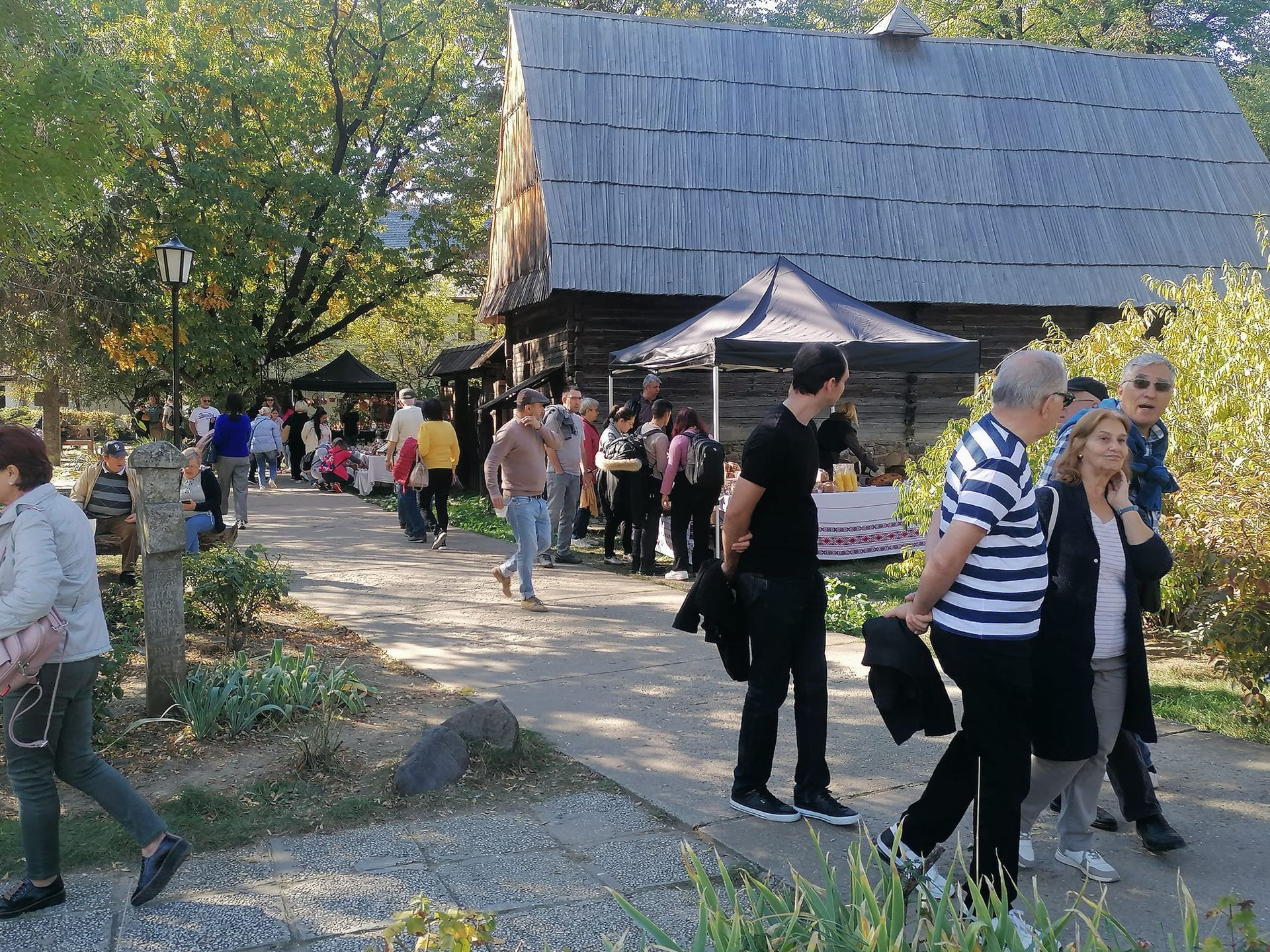
"The village was a creation of the folklorist and sociologist Dimitrie Gusti. The location plans were executed by the writer, playwright, director Victor Ion Popa and set designer Henri H. Stahl. The necessary financial funds were provided by the Royal Cultural Foundation and in the presence of King Carol II of Romania the museum was inaugurated on 10 May 1936.
"At the time of its inauguration, it was the fourth open-air museum of Europe after Skansen (Stockholm, Sweden), Norsk Folkemuseum at Bygdøy (Oslo, Norway), and the Ethnographic Museum of Transylvania at Hoia Forest in Cluj-Napoca.
"The museum initially was 4.5 ha in size with 33 authentic settlements that were transferred from the researched villages. Among them was the Maramures wooden church from Dragomirești, Maramures county. The building remains the central piece and is incorporated into the logo of the museum." (Wikipedia)
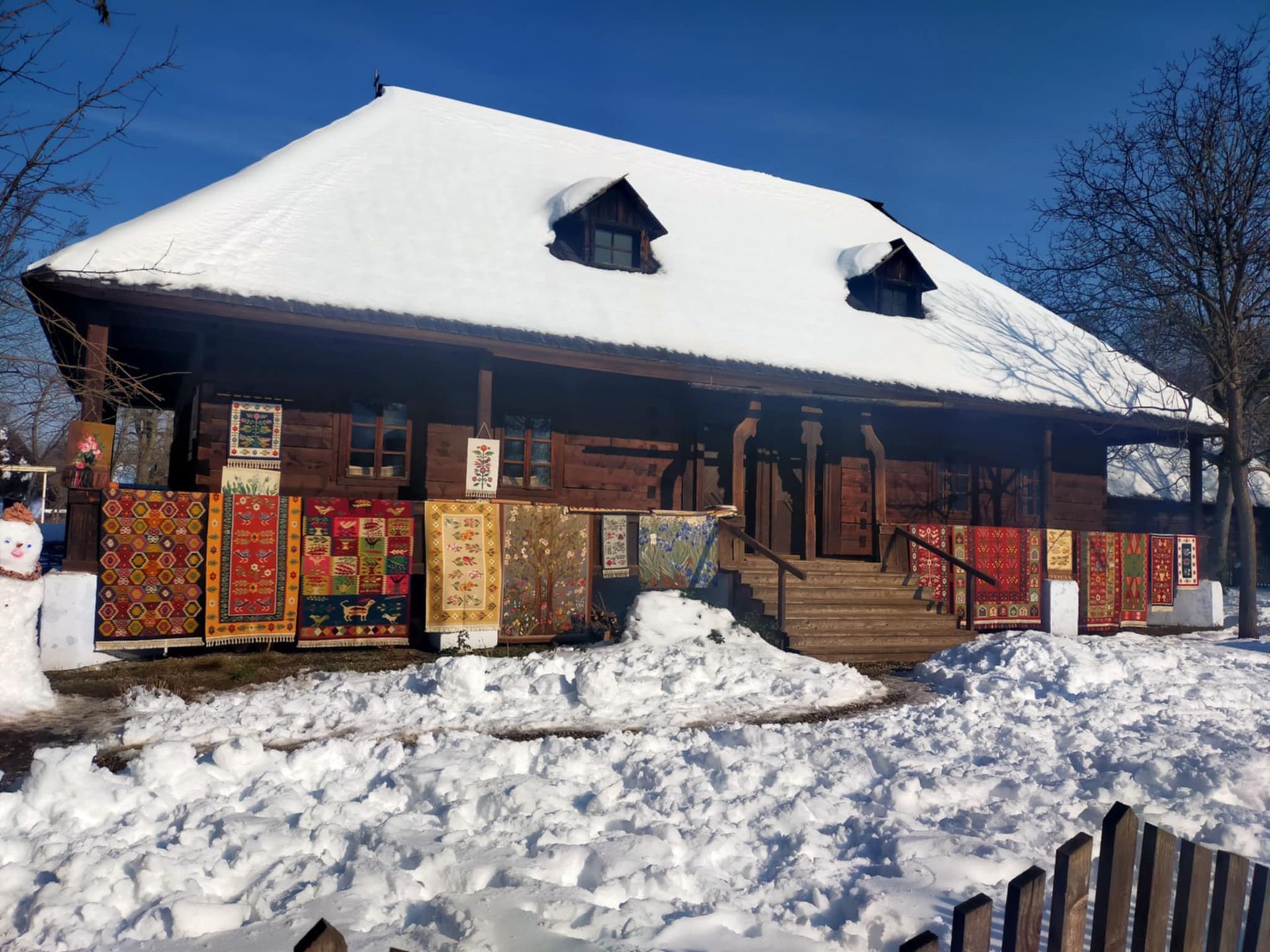
"On the shores of Lake Herastrau, right in the middle of Romania's capital, visitors from all over the world have the joy of encountering a real "village", with monuments and artifacts from the 17th century to the early 20th century. Representative buildings from important ethnographic areas have been given a second life at the National Village Museum "Dimitrie Guști".
"The idea of an open-air museum in Romania has been around since the second half of the 19th century. In 1867 Alexandru Odobescu, an eminent man of culture, proposed the presentation of monuments of popular architecture in a specially designed pavilion at the Universal Exhibition in Paris.
"Sometime later, the scholar Alexandru Țzigara Samurcaș was to envisage bringing to the Ethnographic Museum of National Art, Decorative Art and Industrial Art in Bucharest, founded by him in 1906, some "authentic and complete households from all the most significant regions inhabited by Romanians", a project that materialized in 1909, with the exhibition in this museum of a peasant house from Gorj county," the official website says.
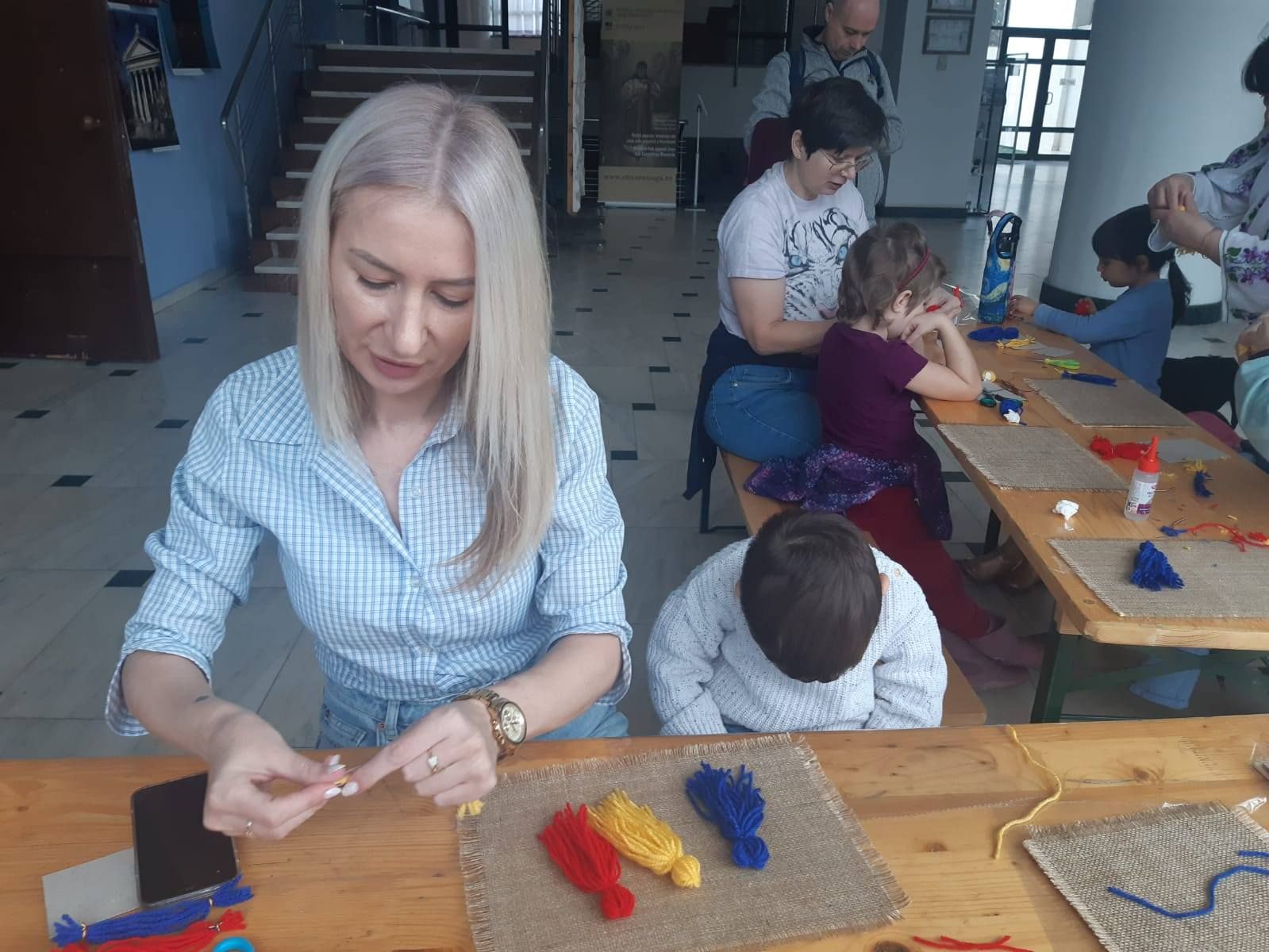
"The creation of the Village Museum is the result of intense and sustained theoretical and field research, of museographic experiments, for over a decade, coordinated by Professor Dimitrie Gusti, founder of the Sociological School in Bucharest.
"As head of the Department of Sociology at the University of Bucharest, Gusti organized between 1925-1935, with specialists from various fields (sociologists, ethnographers, folklorists, geographers, statisticians, physicians) and his students, monographic research campaigns of an interdisciplinary nature in a relatively large number of villages (Fundu Moldovei - Suceava county, Nereju - Vrancea county Dragus - Brasov county, Dragomiresti - Maramures county, Clopotiva - Hunedoara county, Runcu - Gorj county, Rusetu - Buzau county etc.)," the
official website says.
"On the basis of these experiences, of a hard work of conception and of the moral and material support of the Royal Foundation "Prince Charles", in March 1936, in only two months, it was possible to build an exceptional museographic work. In this short period of time, the teams of specialists and students (the same ones who had participated in the field campaigns), led by Professors D. Gusti and H. H. Stahl, acquired peasant buildings (houses, outbuildings, churches, technical installations) and interior objects (furniture, ceramics, fabrics, tools, etc.) from the villages surveyed, which were considered representative of their places of origin."
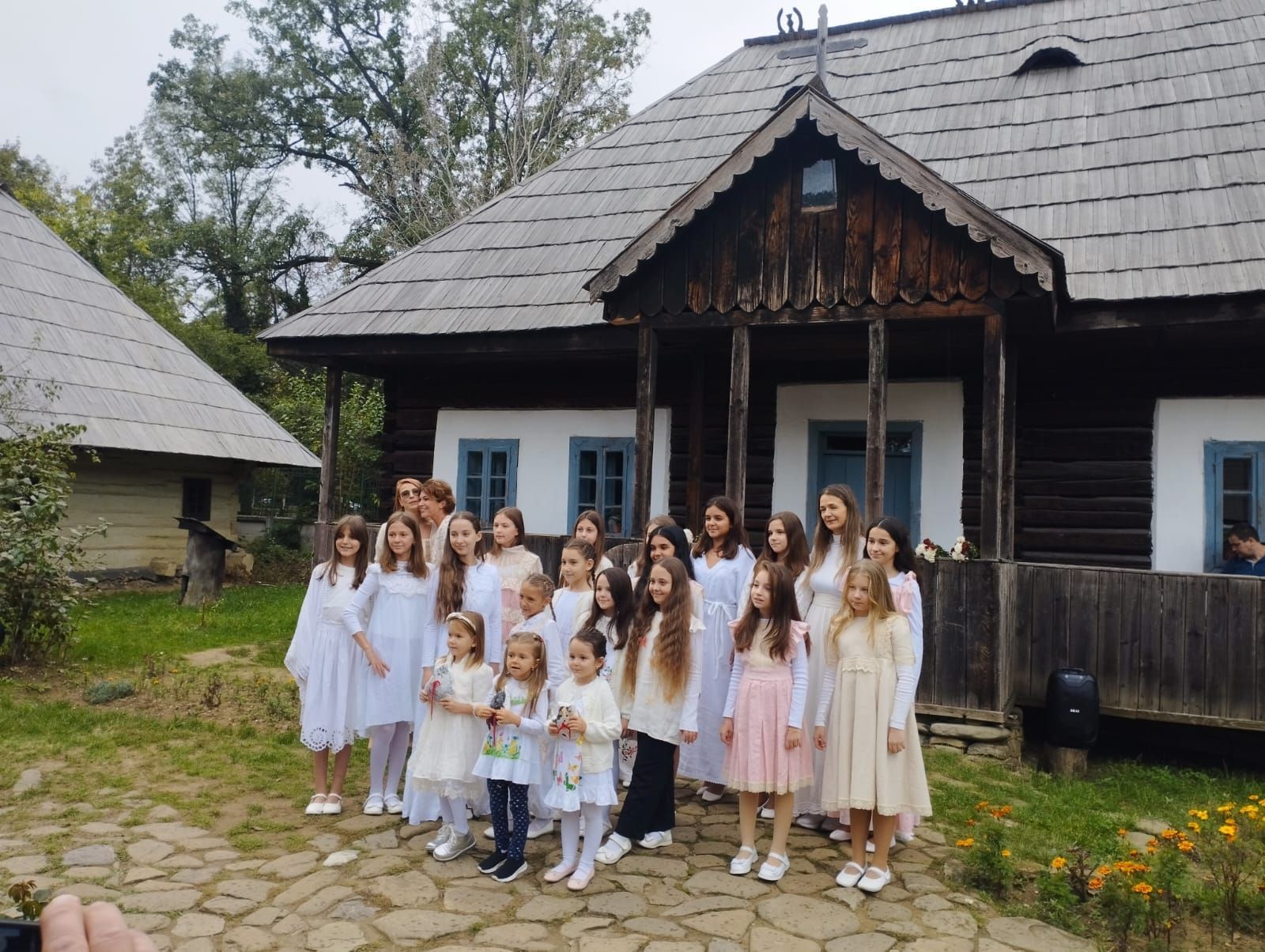
"On the shores of Herăstrău Lake, this museum is a terrific open-air collection of several dozen homesteads, churches, mills and windmills relocated from rural Romania," the Lonely Planet says.
"Built in 1936 by royal decree, it is one of Europe’s oldest open-air museums and a good choice for kids to boot."

"Seeing the buildings, the mills and stables are interesting but attending events in this great location is what makes it even more appealing. Whether you are traveling solo, with your family or just your partner the village museum has something for you to engage in," the Travel Maker says.
"The atmosphere is always lively as there are numerous traditional dance ensembles and Romanian folklore singers keeping the show running. The whole landscape makes you feel as you have gone back in time to the simple village life of the Romanians in the early 20 century.
"Getting a few snacks will also make you enjoy the rural Romanian living. In most of the events held at the “Dimitrie Gusti” Village Museum, you’ll find cozonaci, placinte, and turta dulce. These are local sweets you are sure to enjoy."
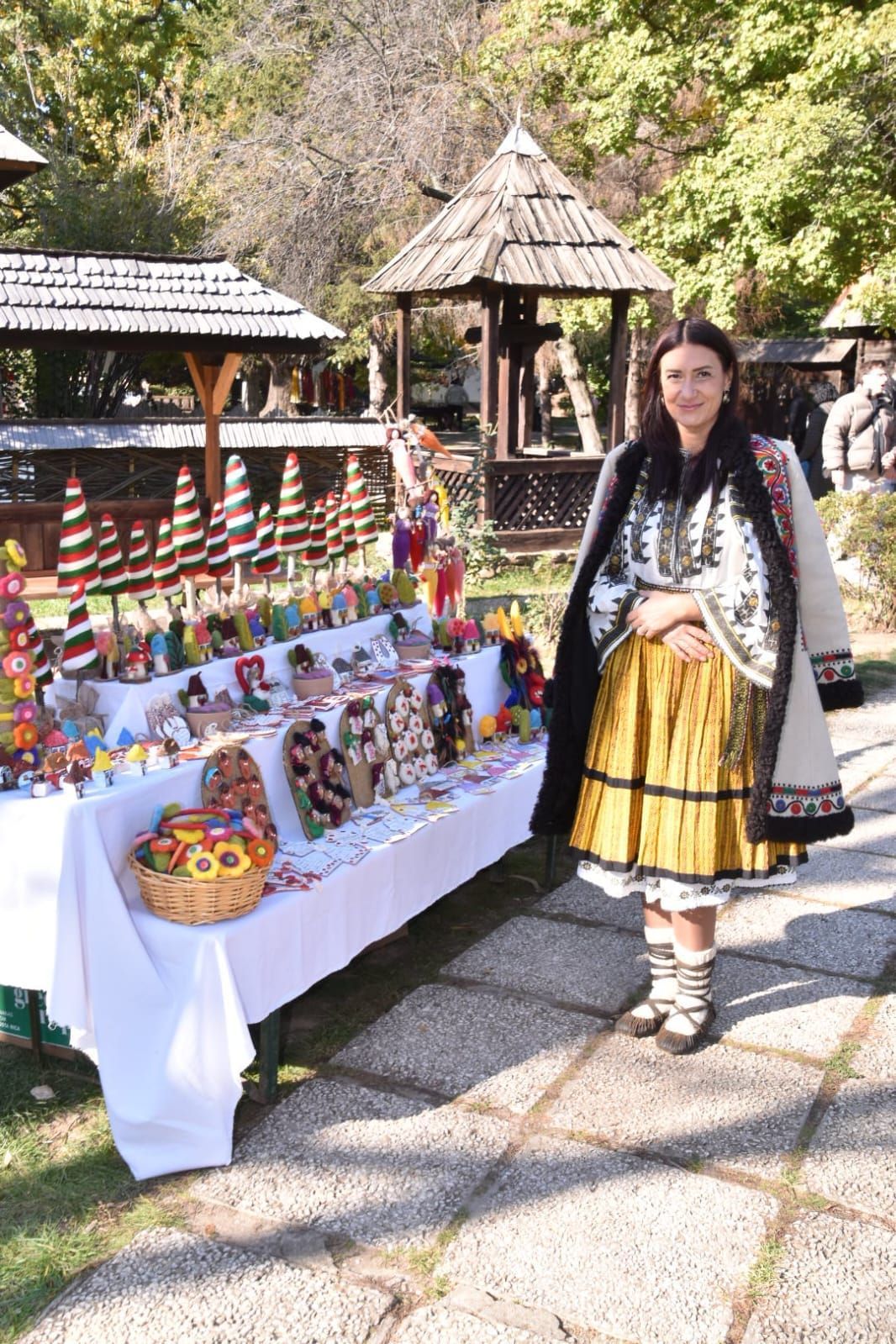
"Every time a friend comes to Bucharest and we show them the city, this is the place we take them to. The Village Museum is the top museum in Bucharest. Every time someone asks me what’s a must visit in Bucharest, Dimitrie Gusti Village Museum (Muzeul Satului) is the answer that comes to mind," the Travel Moments in Time says.
"You can spend hours and hours walking the alleys and find out interesting things about each zone of Romania and their specific elements when it comes to houses. And believe me, there’s a lot to see. And everyone we took to this museum (or recommended it to) have confirmed this!
"First of all you have to picture the museum: it is located next to a park and it has 100,000 m2; on this area, 272 authentic country farms and houses are laid out. The Village Museum was created in 1936 by Dimitrie Gusti, Victor Ion Popa, and Henri H. Stahl. Imagine that in ’30s there were only three such museums all over the world!"
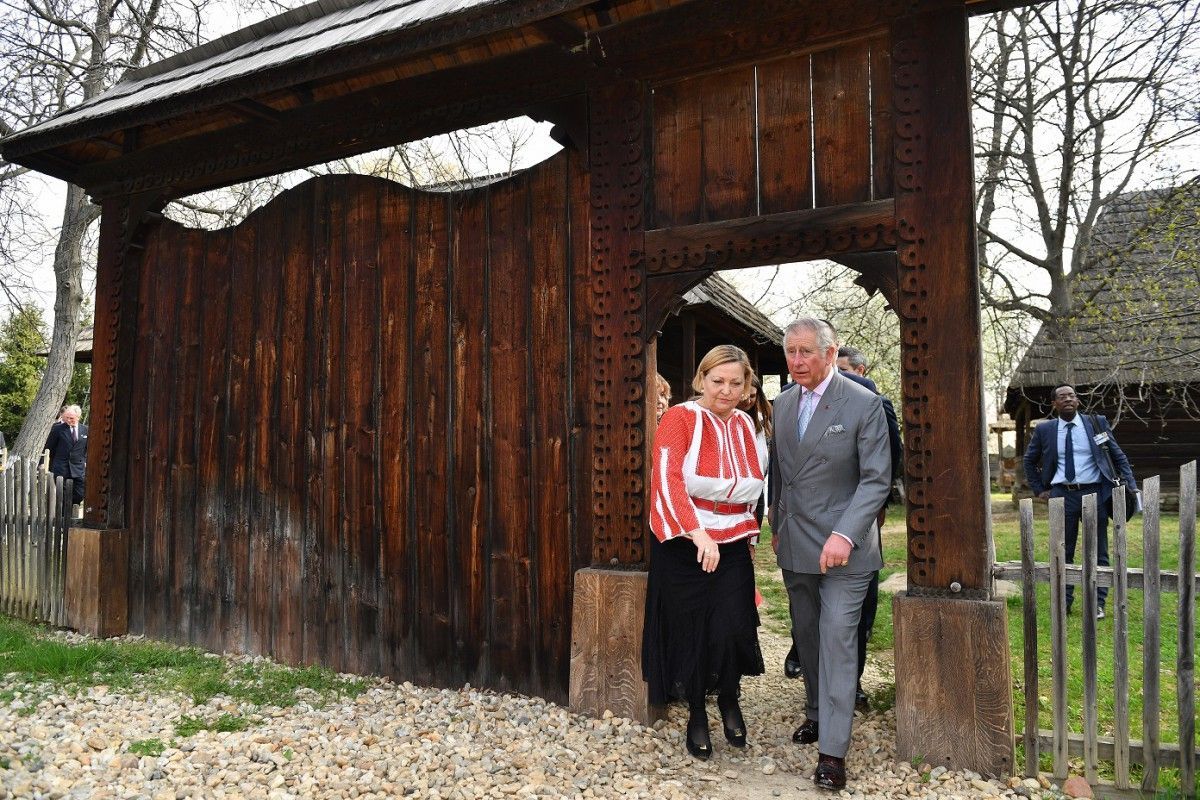
"Romania’s village houses take center stage at the unique, open-air Dimitrie Gusti National Village Museum (28-30 Kiseleff Blvd; +40 021 317 9103), which stretches through leafy Herastrau Park," the
CNN reports.
"Guests can visit about 300 traditional buildings including peasant homes with steep roofs, thatched barns, heavy log cabins, churches and mills – all of which have been transported from towns across Romania."
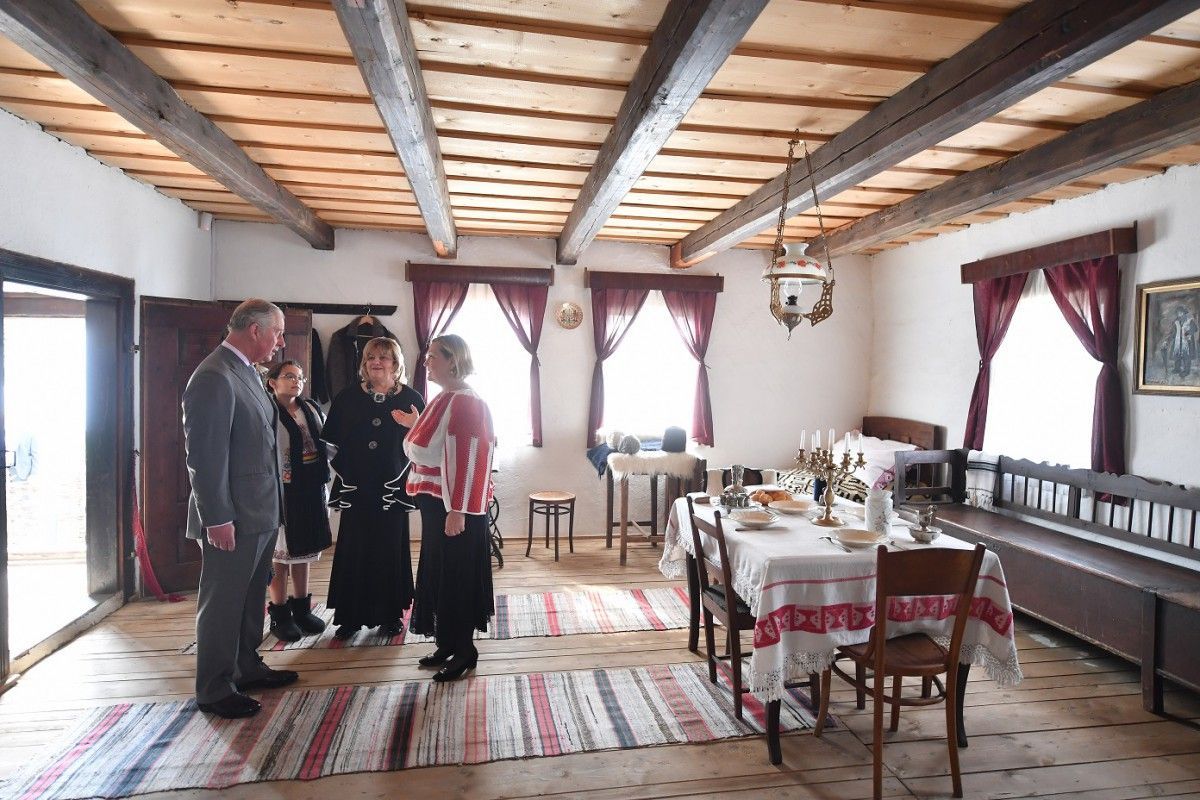
"During the second day of his three-day visit to Romania, Prince Charles danced the traditional Romanian dance hora in front of the Dragomireşti church at the Dimitrie Gusti Village Museum in Bucharest. The British royal is on an official visit to Romania until Friday, the second one he is making to the country since 1989," the Romania-Insider reports.
"During his visit at the museum, the Prince of Wales made a stop at a Tatar house on the Minorities Alley of the museum's New Village section. He then visited the Dragomireşti church where traditional, folk music singer Gelu Voicu, the group Taraful din Teleorman, and dancers of the Bornaşul din Alexandria ensemble performed the Căluş dance.
"The British royal also witnessed an egg painting demonstration, delivered by artisans from Bucovina, and watched how wood and stone icons are painted. At the Chiojda din Buzău house he admired the traditional carpets on display and was met by representatives of the Prince of Wales Foundation.
"While visiting the Village Museum, the prince received traditional, peasant shoes opinci, gifted by a local craftsman. The Prince of Wales also received acacia honey, and fruits and seeds honey from traditional producers. The museum gifted the prince several items, including a glass painting an a book on the Romanian region of Dobrogea."
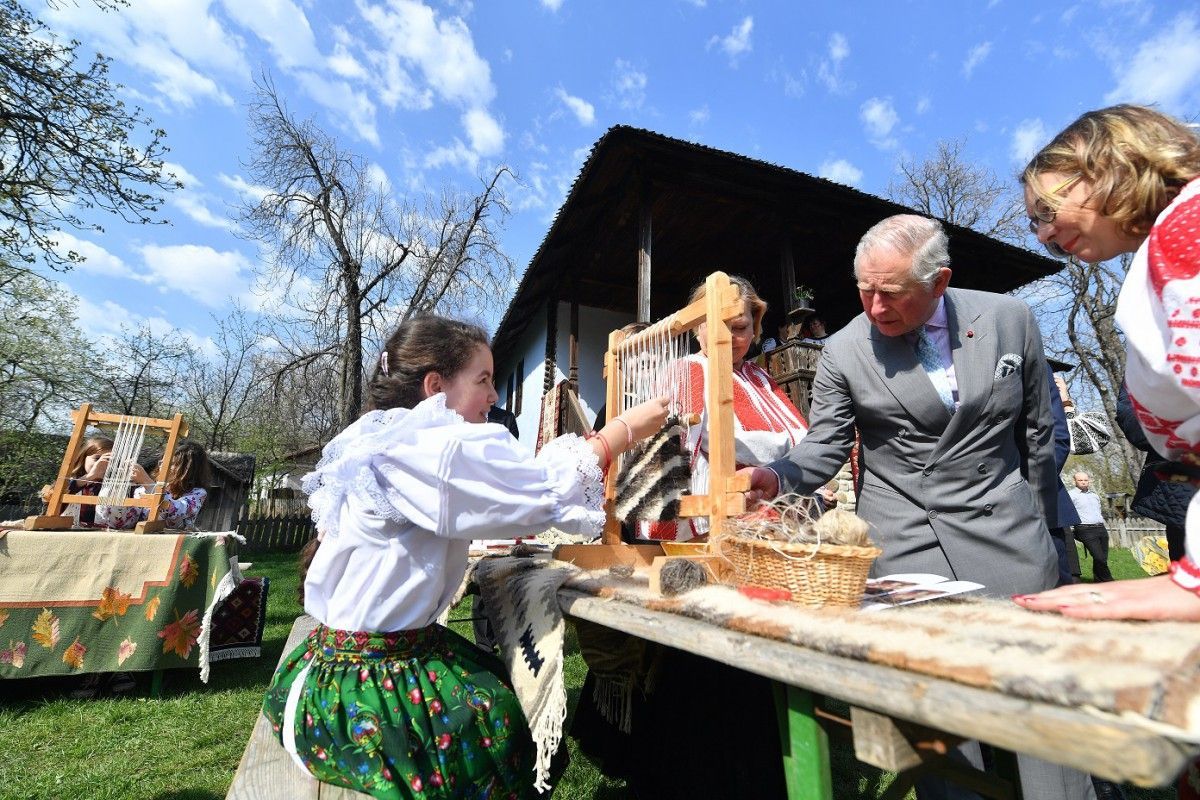
Photos: World's Largest Village Museum, world record set in Bucharest, Romania
(1) Prince Charles visiting the Village Museum,2017 / Agerpres/Romania-insider
(2-8)
Facebook/ The Village Museum
(9-11) Prince Charles visiting the Village Museum,2017 / Agerpres/Romania-insider
Related world records:
|
Alabama world records |
Alaska world records |
Arizona world records |
Arkansas world records |
California world records |
|
Colorado world records |
Connecticut world records |
Delaware world records |
Florida world records|
|Georgia world records | Hawaii world records| Idaho world records| Illinois world records| Indiana world records|
|Iowa world records | Kansas world records| Kentucky world records| Louisiana world records| Maine world records|
| Maryland world records| Massachusetts world records | Michigan world records | Minnesota world records |
| Mississippi world records | Missouri world records | Montana world records | Nebraska world records |
| Nevada world records | New Hampshire world records | New Jersey world records | New Mexico world records |
| New York world records | North Carolina world records | North Dakota world records | Ohio world records |
| Oklahoma world records | Oregon world records | Pennsylvania world records | Rhode Island world records |
| South Carolina world records | South Dakota world records | Tennessee world records | Texas world records |
| Utah world records | Vermont world records | Virginia world records | Washington world records |
| West Virginia world records | Wisconsin world records | Wyoming world records|
| Agriculture world records| Amazing careers world records | Arts world records |
| AMUSEMENT & THEME PARK WORLD RECORDS |
| Biggest world records | Business world records | Books world records | |
| Christmas world records | Collections world records | CATS world records | DOGS world records |
|Drinks world records | | Easter world records | Entertainment world records | FASHION world records |
|
Farming world records |
Fishing world records |
Food world records |
|
Games world records |
Green world records |
Halloween world records |
Hobbies world records|KIDS world records |
| Human Body world records | Internet world records | INVICTUS world records | JUSTICE world records |
| Mass Participation world record | Medical world records |
| Military world records | MEDICAL world records | MUSEUM world records | Modern Society world records |
|
Most Successful world records | Nature world records | New Year world records |
PET world records |
|
Religious world records | Science world records |
Skydiving world records
| Smallest world records | Sport world records | Stunts world records | Strength world records |
| Technology world records | Thanksgiving world records | Travel world records | Transport world records |
| Valentine's Day world records | Youngest world records |
| Weather world records | Wedding world records | WORLD'S FIRST world records |
